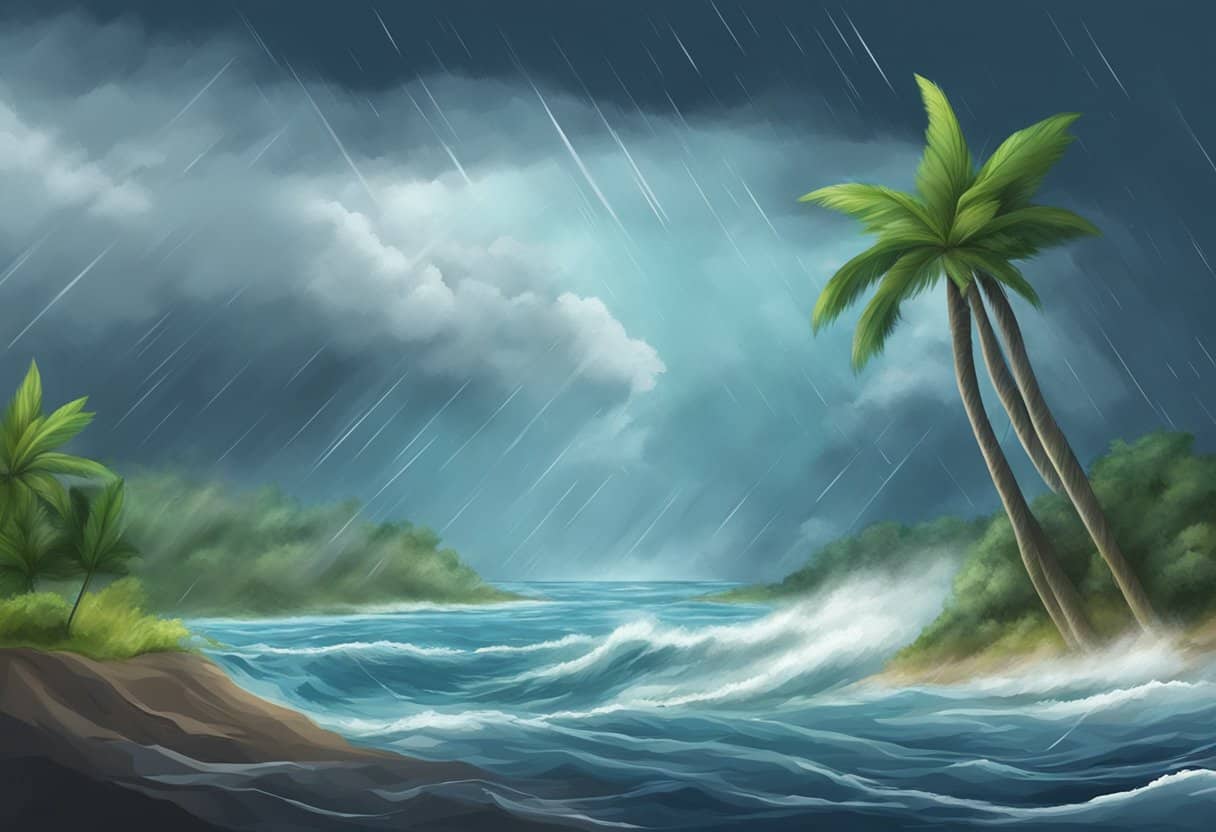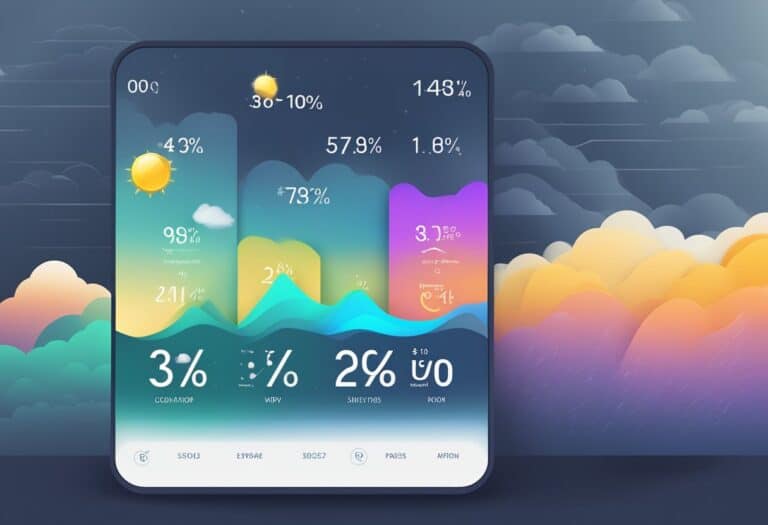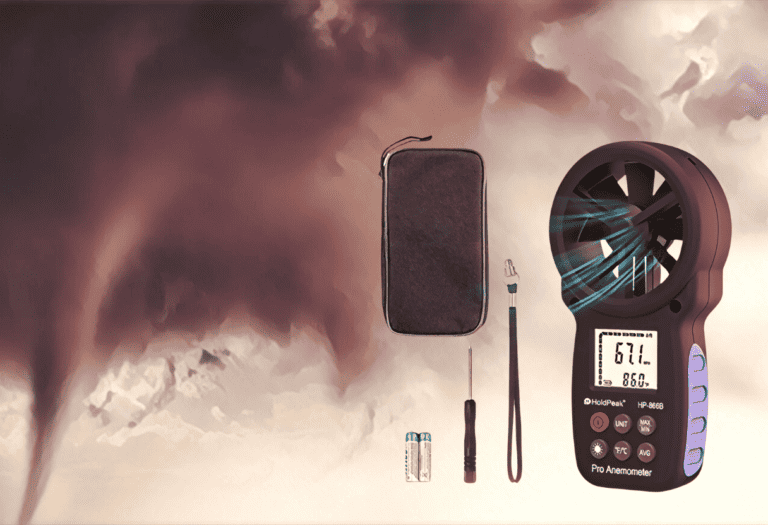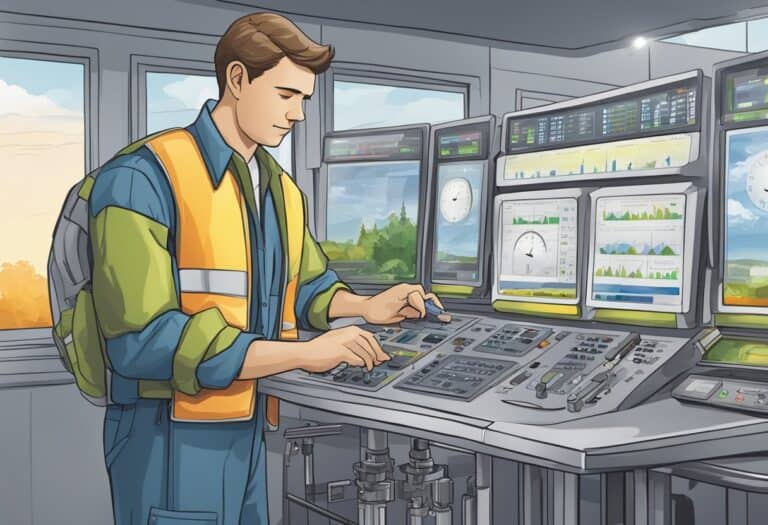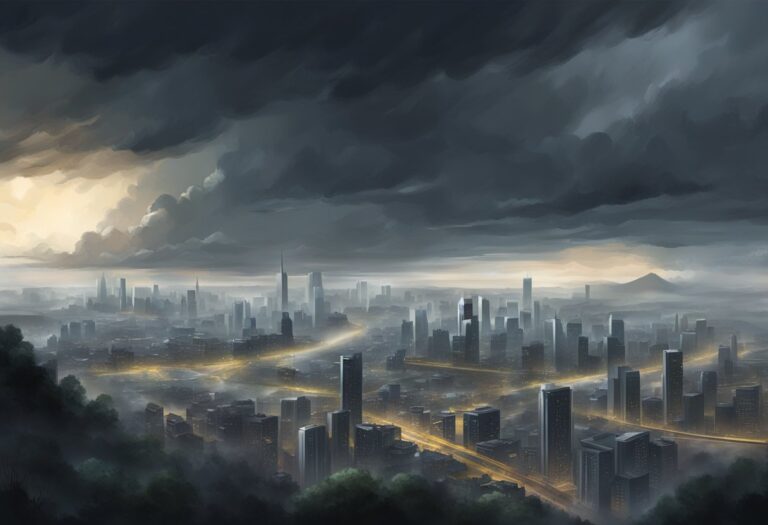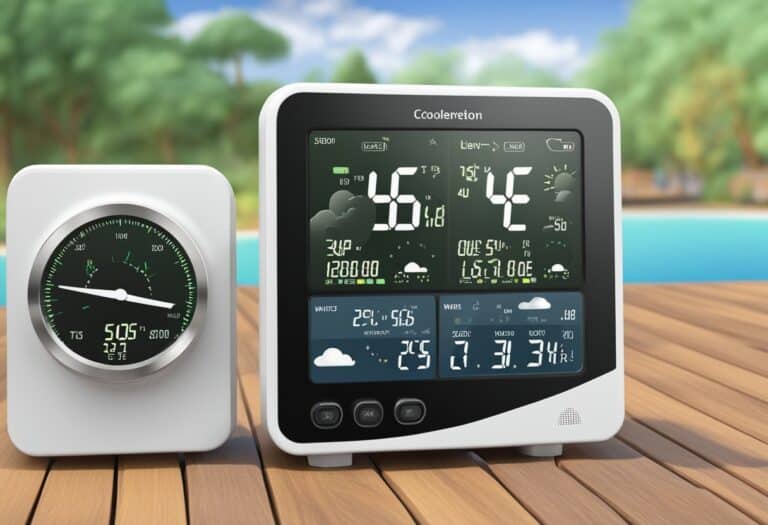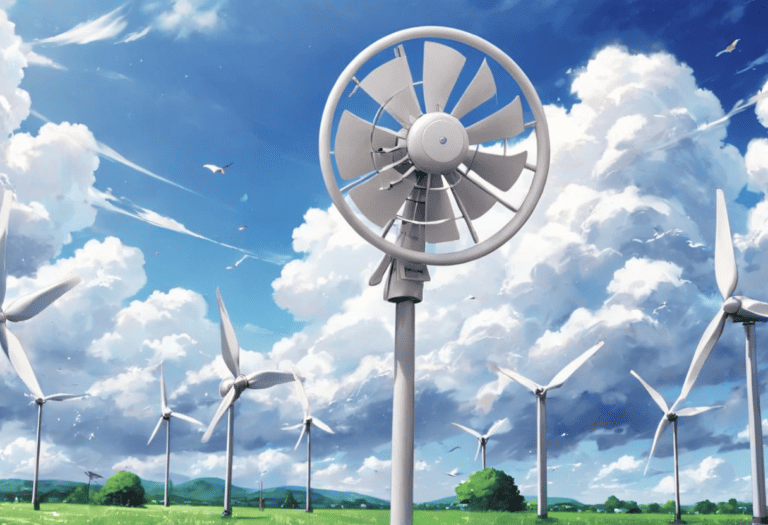Tropical cyclones are powerful and complex weather systems that can have devastating impacts on regions where they make landfall. Understanding the distinctions between a tropical depression, tropical storm, and hurricane is critical for comprehending weather reports, preparing for potential impacts, and grasping the dynamics of these storms. A tropical depression is the birth stage of the phenomenon, with maximum sustained winds of less than 39 miles per hour. As this system strengthens, it can become a tropical storm, where winds range from 39 to 73 miles per hour, making it more organized and pronounced.
When a tropical storm’s winds surpass 74 miles per hour, it’s classified as a hurricane—a term specific to the North Atlantic and northeastern Pacific. With this classification comes a number and categorization by the Saffir-Simpson Hurricane Wind Scale, based on wind speed, which reflects the potential for damage and flooding. This scale ranges from Category 1, which indicates some damage, to Category 5, which signifies catastrophic damage potential. By understanding these classifications, you can better assess the risks and necessary precautions during the hurricane season and remain informed about the progression and potential threats of impending tropical cyclones.
While all whirlwinds, hurricanes pack the strongest punch, tropical storms bring hefty winds, and tropical depressions cause mainly heavy rain. Know the difference to stay prepared.
Classification and Characteristics
As you navigate the complexities of tropical meteorology, it’s essential to understand how meteorologists classify tropical cyclones. This classification relies on sustained wind speeds and includes tropical depressions, tropical storms, and hurricanes.
Defining Tropical Depressions
A tropical depression marks the genesis of a tropical cyclone, characterized by a closed low-level wind circulation. For a system to be classified as a tropical depression, its maximum sustained winds must be below 39 mph (34 knots). Tropical depressions are precursors to more intense weather phenomena and are monitored closely by meteorologists for signs of strengthening.
Understanding Tropical Storms
Once a tropical depression’s wind speeds intensify, reaching anywhere from 39 to 73 mph (34 to 63 knots), it escalates to a tropical storm. At this stage, the system gains a name, signifying its potential threat. Though not as destructively powerful as hurricanes, tropical storms can cause significant damage and are known for heavy rainfall and strong winds.
The Nature of Hurricanes
The transition from tropical storm to hurricane occurs when maximum sustained winds exceed 74 mph (64 knots). The Saffir-Simpson Hurricane Wind Scale comes into play, categorizing hurricanes from Category 1 through Category 5. A major hurricane refers to Category 3 or above, with wind speeds of at least 111 mph (96 knots). The severity of hurricanes is a critical focus for both preparation and research, including efforts to integrate all major hazards into improved classification scales, such as the new Tropical Cyclone Severity Scale.
Formation and Development
Understanding the transitions from a tropical disturbance to a tropical depression, and eventually to a tropical storm or hurricane, hinges on recognizing specific atmospheric conditions. Your grasp of these processes is crucial to comprehend how these weather systems evolve.
Factors Contribiting to Development
For a tropical cyclone to form, certain environmental conditions must converge. First and foremost, a low-pressure area, known as a tropical disturbance, is required. The presence of warm waters in the tropics provides the necessary energy, and when coupled with a tropical wave, it can lead to the lowering of pressure. A critical factor is a closed low-level circulation; without it, the system cannot advance to a more organized tropical depression.
From Disturbance to Depression
When a tropical disturbance intensifies, marked by a further drop in pressure and more organized circulation, it becomes a tropical depression. This stage is characterized by maximum sustained winds below 38 mph. It is at this point that forecasters begin to track the system’s development closely, often using satellite imagery to observe the cloud patterns and circulation.
Conditions Leading to Tropical Storms and Hurricanes
As the tropical depression gathers strength and sustains winds between 39 to 73 mph, it escalates to a tropical storm. The enhancement in formation and circulation is vital for this transformation. If favorable conditions persist, including low shear and abundant moisture, the storm may develop into a hurricane. For this upgrade, the tropical storm must achieve strong winds of at least 74 mph. Typically, these phenomena occur during the hurricane season, which peaks when ocean temperatures are warmest, providing ample energy for storm intensification.
Geographical Impact and Seasons
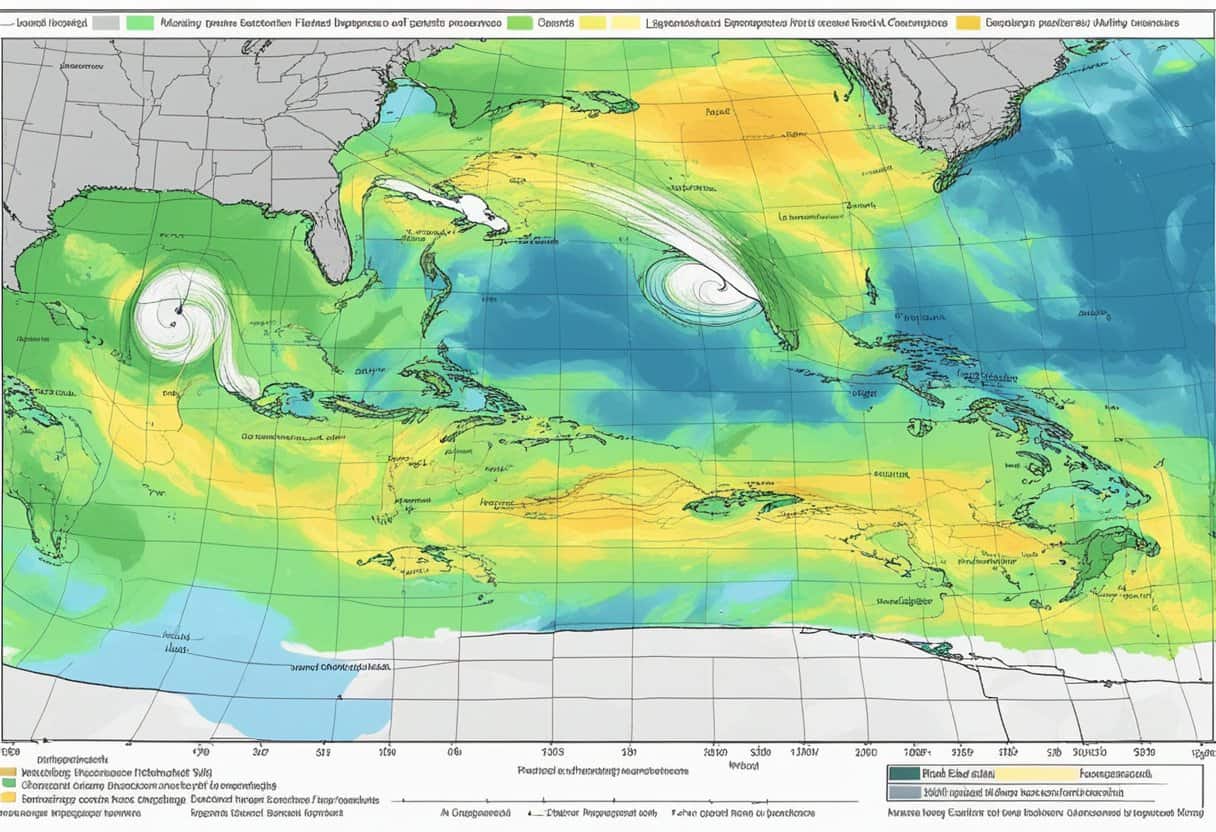
When discussing tropical cyclones, you must consider how they vary based on the region and the season in which they occur. Their impact is significantly shaped by these aspects, influencing their strength, frequency, and the damage they inflict.
Tropical Cyclone Regions
The Atlantic Ocean and the Pacific Ocean are two principal basins where you’ll find differing types of tropical cyclones. In the Atlantic, you’ll encounter storms that can escalate to hurricanes affecting the United States, specifically the Gulf Coast and the eastern seaboard. Conversely, the same systems in the Northwest Pacific are termed typhoons. Both regions experience these powerful systems originating from low-pressure areas, evolving with warm ocean waters.
The Hurricane Season Timeline
The Atlantic hurricane season generally runs from June to November, peaking around September. During this period, you should be aware that the Gulf of Mexico and the U.S. Atlantic coast are frequently impacted. The timeline of these storms follows a pattern, often beginning as a tropical depression, then intensifying to a tropical storm, and if conditions allow, becoming a fully-fledged hurricane.
| Month | Atlantic Activity | Pacific Activity |
|---|---|---|
| June – Nov | Atlantic Hurricane Season | Pacific Typhoon Season |
Significant Historical Storms
Throughout history, certain storms have left indelible marks with their destruction. For example, Hurricane Katrina in August 2005 ravaged the Gulf Coast, particularly impacting New Orleans due to its route from the Atlantic through the Gulf of Mexico. In the Pacific, Super Typhoon Haiyan in 2013 became one of the most potent typhoons ever recorded, causing catastrophic damage in the Philippines, highlighting the variance in impact by regions and storms over the years.
Remember, your awareness of the geographical and seasonal contexts of tropical cyclones is crucial for understanding their potential impact. Whether it’s a hurricane in the Atlantic or a typhoon in the Pacific, the time of the year and the locations they pass dictate the severity and the preparation required to mitigate their effects.
Preparation and Safety
When it comes to tropical cyclones, preparation can significantly reduce the risk to life and property. Understanding the differences in safety measures for hurricanes, tropical storms, and tropical depressions is crucial for effective preparation.
Monitoring and Advisories
You should regularly monitor weather updates from credible sources, such as the National Hurricane Center (NHC), especially during peak storm seasons. The NHC provides essential advisories that are critical for your safety. Stay aware of alerts issued by local authorities and heed evacuation warnings to ensure you are prepared for the possibility of flooding, rainfall, and strong winds.
Preventive Measures
Before a storm approaches, perform an inspection of your home to identify potential vulnerabilities. Secure loose items and reinforce windows and doors. Keeping a disaster supply kit with essentials like food, water, and medication is vital. Remember, the only difference between a tropical storm and a hurricane is wind speed, but both can cause significant damage.
During and After the Storm
During a storm, your highest priority is staying safe. Remain indoors, away from windows, and monitor updates. After the storm, be cautious of hazards such as standing water which could hide power lines or debris. Check in with your local authorities before returning to your property and document any damage for insurance claims. Your safety and the protection of your property rely on adherence to these guidelines.
Frequently Asked Questions
When dealing with tropical weather systems, understanding the classification differences is crucial. Here’s a concise guide on how they are categorized by wind speed, the criteria for their progression, and their commonalities.
How are tropical depressions, tropical storms, and hurricanes classified in terms of wind speed?
A tropical depression is classified with sustained winds of 38 mph or less. If winds are between 39 and 73 mph, the system is termed a tropical storm. For it to be classified as a hurricane, sustained winds must exceed 74 mph.
What criteria determine the upgrade from a tropical depression to a tropical storm, or from a tropical storm to a hurricane?
The upgrade from a tropical depression to a tropical storm occurs when sustained wind speeds reach 39 mph. The transition to a hurricane occurs when a tropical storm’s wind speeds surpass 74 mph.
What common characteristics do tropical depressions, tropical storms, and hurricanes share?
All three phenomena involve organized systems of clouds and thunderstorms with a defined surface circulation. They are fueled by warm ocean waters and dissipate on land or in cooler waters.
How long can a typical tropical depression last before dissipating or intensifying?
The lifespan of a tropical depression can vary greatly. Some may dissipate within a day or two if conditions are unfavorable, while others can last for several days, potentially intensifying into stronger systems.
Why are tropical low-pressure systems termed ‘depressions,’ and what signifies the progression to a ‘storm’ status?
Low-pressure systems are termed ‘depressions’ due to their lower atmospheric pressure compared to surrounding regions. Progression to ‘storm’ status is marked by an increase in wind speed and organization of the system.
Can a tropical depression evolve into a typhoon, or is that a separate type of storm altogether?
A tropical depression can evolve into a typhoon, but only in the Northwestern Pacific Ocean. Elsewhere, these storms are known as hurricanes or cyclones, depending on their location.

